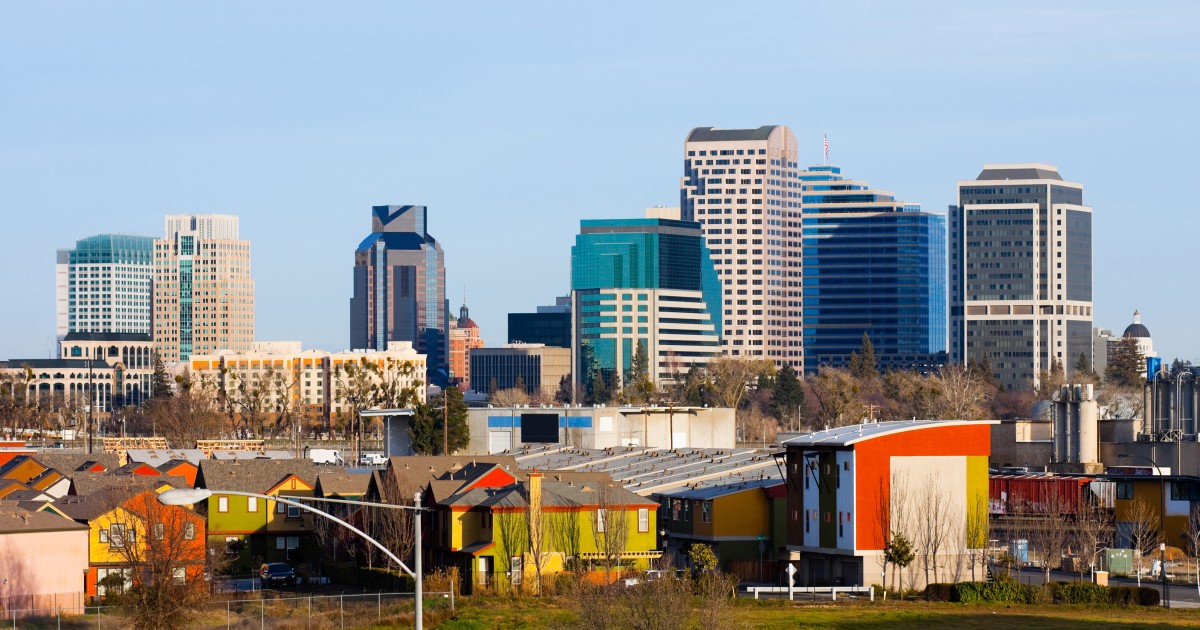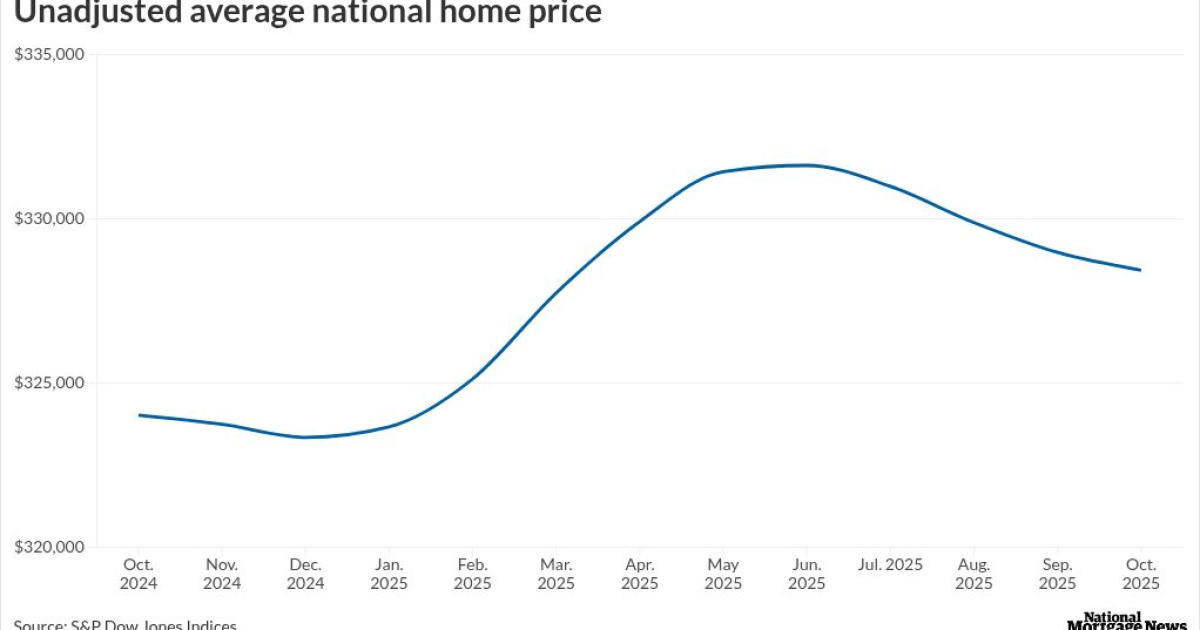
Led by El Dorado County, the Sacramento region became one of California's notable housing and growth hot spots in the final months of 2020, new data show.
The topsy-turvy year dominated by the coronavirus pandemic ended with a bracing real estate land rush in the capital region, fueled by Bay Area emigrees, as well as a state-leading surge in home construction, and also by competition among local buyers that drove house prices ever higher.
El Dorado County stands out, not only locally but statewide.
The median-priced home sale in El Dorado County hit $535,000 in the final months of 2020, an 18% price increase over the last three months of 2019, one of the biggest percentage jumps among median and large counties in the state, according to national data analyst ATTOM Data Solutions.
Another review, this one by real estate data analyst Ryan Lundquist, found the number of houses sold in El Dorado jumped 41% in 2020 after seven years of relatively static growth. There was a similar jump in Placer County.
El Dorado County also led the state in population rate growth last year, albeit a modest 1.7%, according to state Department of Finance data. Sacramento and Placer gained population, too, while coastal counties lost population. Overall, California's population growth stalled for the first time in modern history.
El Dorado officials say they are trying to strike a balance between building their economy and preserving their largely non-urban lifestyle. That includes an ongoing pandemic-era struggle in South Lake Tahoe between economic growth and public and environmental health.
That balance may get harder if the 2020 phenomenon of teleworking catches hold more permanently, potentially causing more people to leave urban centers in search of less expensive areas with more elbow room.
"Many people who can now work from anywhere as a result of the COVID-19 pandemic have made the decision to move from higher-priced, more congested parts of California and the nation to El Dorado County for obvious reasons," county spokeswoman Carla Hass said.
What's behind the surge?
Though much is made of Bay Area and coastal immigrants fleeing to the Sacramento region to escape some of the nation's highest housing costs, the local real estate market price jumps stem also from local millennials in their 30s buying their first homes, young families moving up to bigger houses and some local retirees looking for new homes for their golden years.
Many are able and willing to pay more for homes at the moment because interest rates remain historically low, making monthly payments more manageable, real estate watchers say.
Prices, though, have been going up around the region also because Sacramento experienced a major imbalance between supply and demand in 2020. There were many more potential buyers looking for a home than there were owners putting their houses up for sale. That imbalance remains a concern heading into 2021, threatening to inflate the value of homes.
Affordability issues in Sacramento County
Sacramento County, meanwhile, also experienced some of the steepest home price jumps in the state in the late months of 2020, up nearly 17% from the previous year's fourth quarter. That is the fastest year-over-year price growth since 2013.
The median sales price in Sacramento County late his year hit $420,000, compared to $360,000 near the end of the previous year. That made it harder for more Sacramentans to afford a home than it has been on average over the past 15 years, although not as bad as it was during the real estate bubble around 2005.
It would currently take an annual income of $87,000 to afford a median-priced home sale in Sacramento, according to ATTOM. That is considerably more than the median household income of about $72,000 in Sacramento.
Placer County similarly saw its median sales prices increase by 13% "year over year" in the closing months of 2020, hitting $543,000.
Prices rose by a more modest 8% in Yolo County, settling at $460,000, according to Attom.
The Sacramento, Yolo, El Dorado and Placer prices remain far below the recent median home prices in the Bay Area. In the last few months, the median home sales price in San Mateo County was $1.42 million. San Francisco was $1.38 million, and Marin and Santa Clara were about $1.25 million.
With Santa Cruz, Monterey and Contra Costa counties' median home sale prices also high, the Sacramento region remains affordable by coastal standards heading into 2021.
Good deal or bad deal?
Attom Data Solutions uses data on median home prices, mortgage rates and income to determine how affordable a home is in each county compared to the average over the last 15 years for the same county.
It assigns a number based on its calculation. A county with a value above 100 is more affordable than the historical average. A county with a value below 100 is less affordable than the historical average.
By that measure, Sacramento County was less affordable than usual in late 2020, but Yolo, Placer and El Dorado counties were each more affordable.
In all four counties, prices are growing faster than wage growth, a trend that was offset by record low mortgage rates. Homes were much more affordable in late 2020 than they were during the housing boom, but much less affordable than they were in 2012 or 2013 (when many people couldn't buy a home anyway despite low prices because of a plethora of investors paying cash).
Assuming current mortgage rates and a 20% down payment, it would take an annual income of about $87,000 to afford the median-priced home in Sacramento County in late 2020.
It would take about $96,000 to afford the median-priced home in Yolo County; about $111,000 to afford the median-priced home in El Dorado County and about $115,000 to afford the median-priced home in Placer County. All of those price points are higher than the median household income in each of those counties.
Even so, the region remains a bargain compared to San Francisco, Santa Clara, Marin and San Mateo counties, where it takes more than $250,000 to afford the median-priced home.



